People began using just gulaal, which resulted in a surge in the demand for organic or natural colours
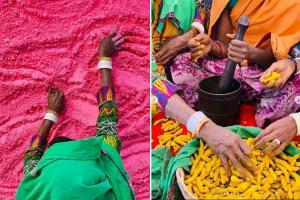
All pic Courtesy/ Apple
The festival colours Holi is upon us and people across the country are all set to celebrate with vigour. However, the biggest concern that stops us enjoying the festival to the fullest is the synthetic colours which affect revellers’ skin, eyes, hair and even the environment.
ADVERTISEMENT
Now more and more people are trying to avoid the use of synthetic colours and adopted a more traditional manner to celebrate the Holi. People began using just gulaal, which resulted in a surge in the demand for organic or natural colours.
However, have you wondered how these colours are made? This holi you can witness the process of making gulaal in an organic way. Apple has shared a series of photos that describe who a group of women living in a small village outside Udaipur make these colours.
These women make the herbal colours after extracting from natural ingredients like flowers, leaves, fruit peels and much more.
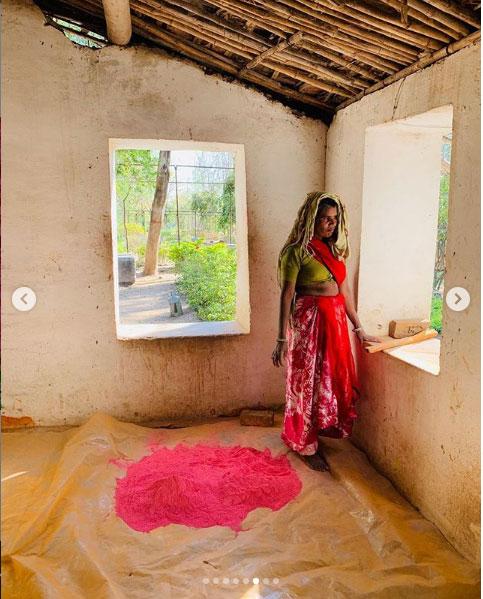
These colours made by these women keep revellers’ skin, eyes and hair safe, unlike most dyes and colours which are made in factories using synthetic products. these natural colours are meticulously handmade by these women.

These woman used traditional methods to create these vibrant powders from delicate flowers, fruits and trees are preserved.

Colours like orange are made using dried marigold and flame of the forest (palash), while for yellow, these women use turmeric. Roses are used to making pink colour. They even used beetroot to make a darker shade.
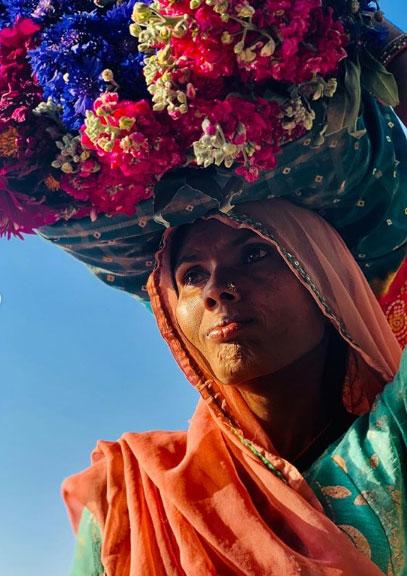
A lot of effort goes into making these vibrant colours. These women in Udaipur harvest flowers and plants to extract their pigment every morning. These women then create handmade powdered dyes from scratch. These women claim that this method has been used by many generations before them.
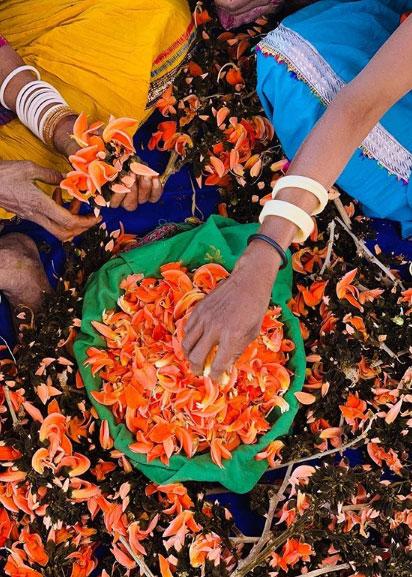
The process of making these vibrant colours are tedious and meticulous as it takes several days. These women segregate and cut the natural flowers, leaves and boil them in hot water to extract the colour.
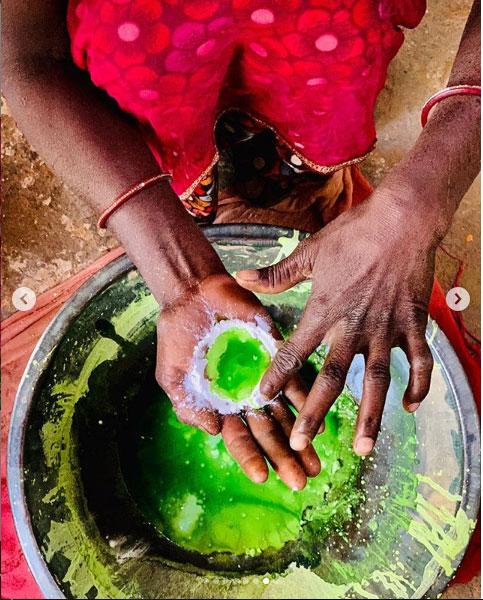
The liquid pigment is then mixed with rice flour, corn flour or gram flour (besan) to create a grainy texture and set out in the shed to dry.
Catch up on all the latest Crime, National, International and Hatke news here. Also, download the new mid-day Android and iOS apps to get the latest updates
 Subscribe today by clicking the link and stay updated with the latest news!" Click here!
Subscribe today by clicking the link and stay updated with the latest news!" Click here!






